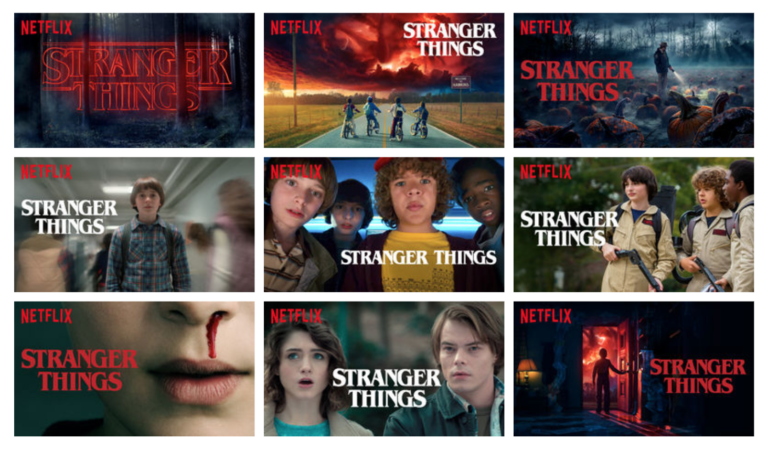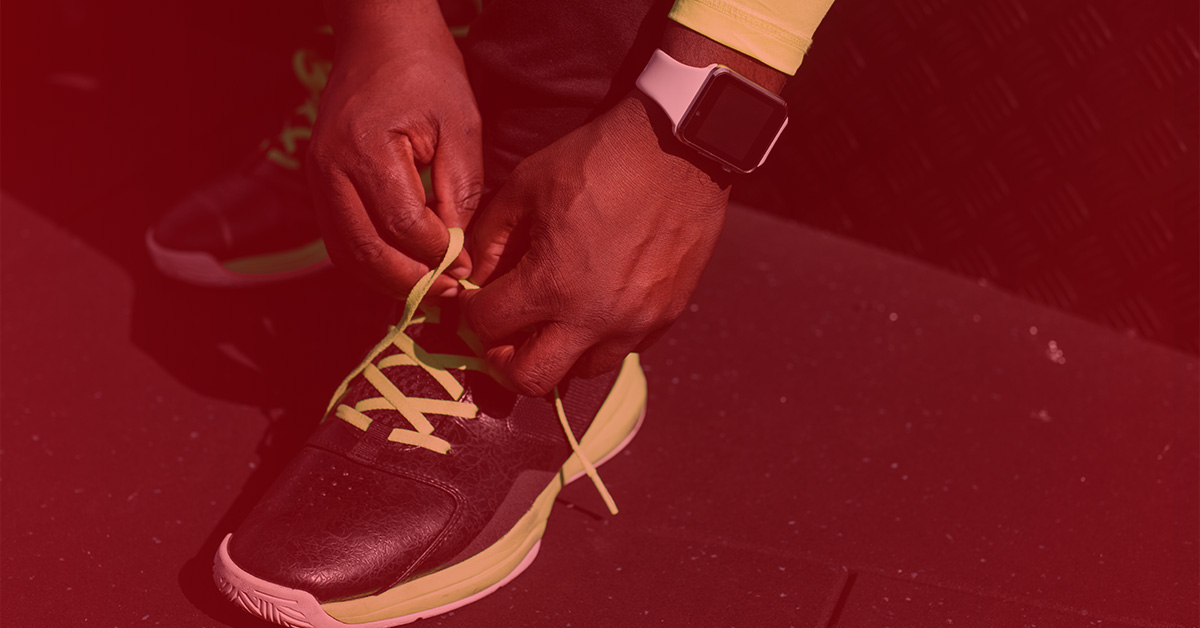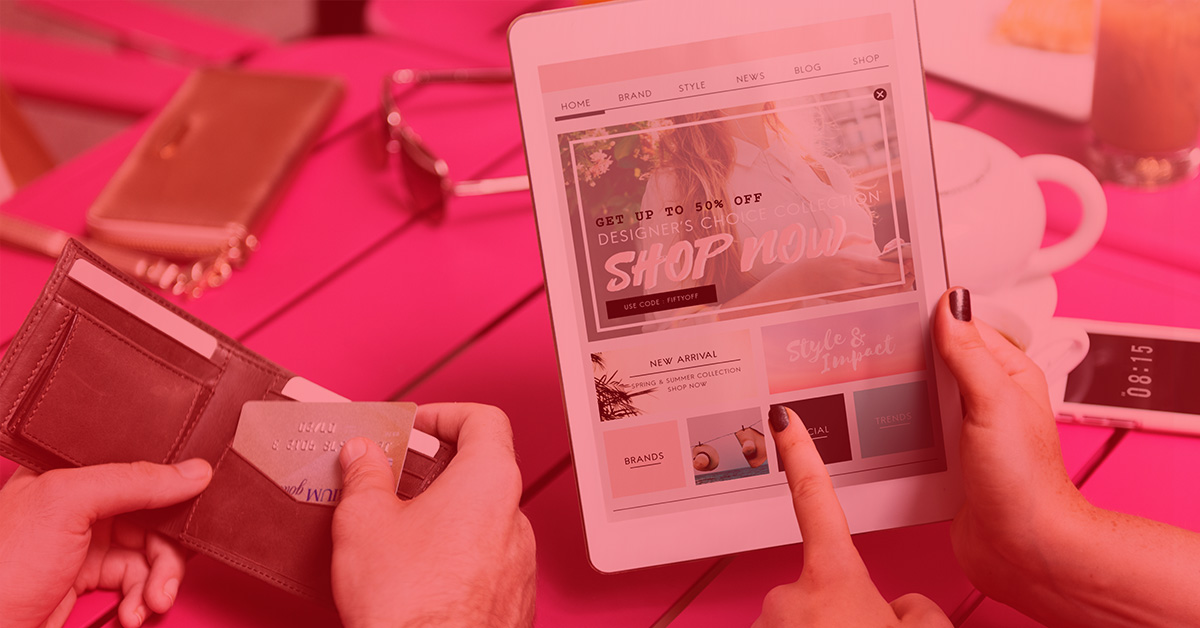Series that match user preferences, clothing for different types of sportspeople, wardrobes that take care of themselves using your style parameters… We’ve analysed five strategies used by big data.
Netflix: the king of audio-visual streaming
It was always going to be first on our list. Its business model makes it the indisputable leader in audio-visual streaming. More than 130 million clients offer raw data to Netflix so that it can find out what type of content will work best.
How do they do it? They measure the success of their products by looking at when you pause, if you rewind to see certain scenes, when you stop watching or when you continue, what type of device you watch on, at what time and on what day, your searches…And with all that they generate up to 33 million different versions of Netflix depending on each user profile. This personalization even extends to offering different cover images for the same product.
What type of results do they get? Recommendations, the big drawcard of the platform, makes up 85% of Netflix use. The success rate of Netflix series is at 70%, while that of traditional TV is less than 35%.

Nike: clothing that adapt perfectly
“What computational design and computer data can offer is really the future of design,” explains designer Matthew Williams. The sports apparel company claims to be the market leader thanks to the personalization that buyers and users experience on their platforms.
How do they do it? The company took samples from data that they collect through their Nike+ app and analysed athletes’ preferences to create a new clothing line. The app wasn’t just interested in digital cues; it also registered temperature, sweat, and movement through clothing with sensors.
What type of results do they get? Better sales of a versatile clothing line, perfect for today’s lifestyle. In 2019, their sales increased by 7%, leading to Nike purchasing a big data company.

Finery: your wardrobe decides for you
Fintech company Finery calculated that we spend two and a half years of our life deciding what to wear and eight years of our life shopping. That had to change.
How do they do it? They use artificial intelligence to learn the style of each of their clients. Their operating system allows the AI to learn everything a client has in their wardrobe and to create catalogues based on previous purchases. It doesn’t fall into consumerism, as it encourages you to wear clothing that are already in your wardrobe.
What type of results do they get? 100,000 subscribers in their first year.

Amazon: not without my big data
Amazon is another big company that knows how to recommend the next thing you’re going to buy. They are always looking for new lines of business using the data they have obtained from their millions of users. One example is an app similar to Finery: Amazon Echo Look, a virtual assistant that updates your wardrobe. Innovation and an open mind are Amazon’s defining features.
How do they do it? You probably remember the list of recommended and complementary products that came with that gadget that you bought on Amazon. This predictive analysis based on artificial intelligence is the foundation of the warehouse business and the digital marketplace.
What type of results do they get? In the last fiscal quarter of 2018, Amazon tripled its sales.

Starbucks: my favourite coffee with bits
We’re ending our analysis with a coffee; one which Starbucks chose for us based on demographic data from their clients.
How do they do it? They study traffic patterns, public transport stops, and the types of businesses that exist in the surroundings to determine the best location for their storefronts. They also offer individualised offers based on buying history and preferences, like if you prefer coffee with milk but without sugar.
What type of results do they get? 10% of their sales come from personalised coupons from their client portal.





